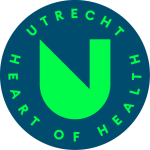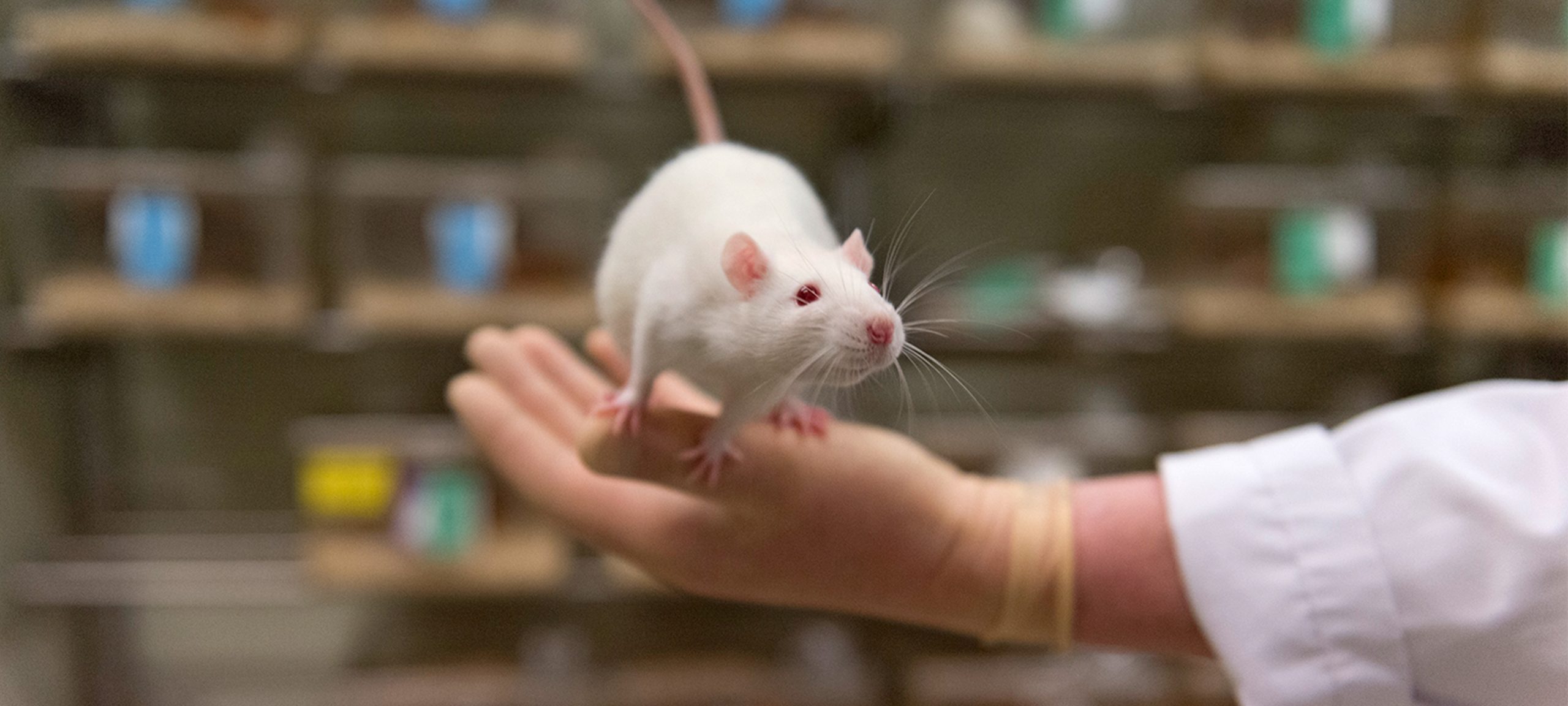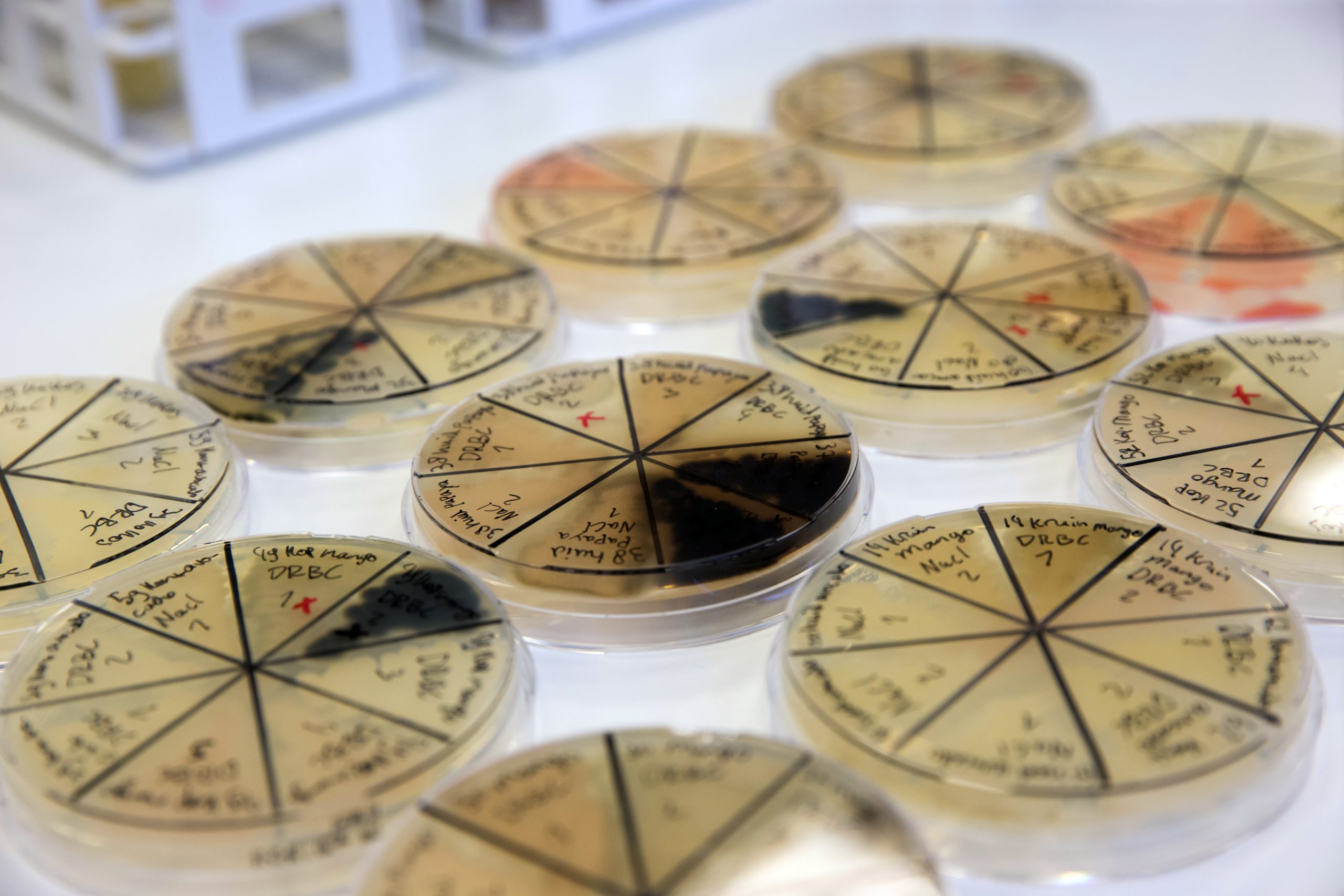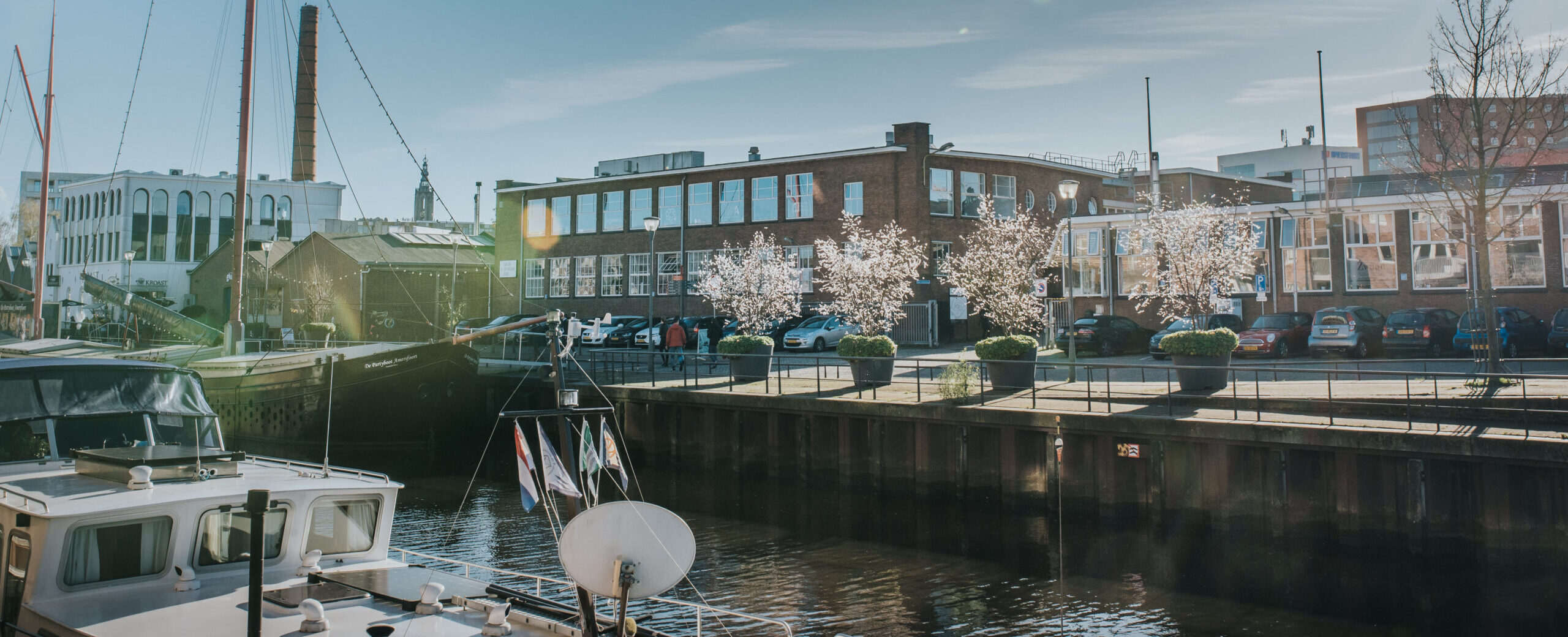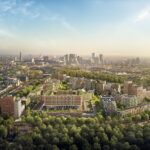In Utrecht, Heart of Health, healthy urban living takes center stage. Innovative neighborhoods such as Cartesius, Merwede, Liendert and Wonderwoods show how the built environment can contribute to physical and mental health. The neighborhoods are designed with a focus on sustainability, exercise, nature and community. Health and happiness are paramount, allowing residents to live as long and happy a life as possible.
It is one of the spearheads of the Utrecht region, Heart of Health: building together a world in which your neighborhood contributes optimally to your health. This includes elements such as vegetation and opportunities for movement, but also space for social interaction and a sense of community. These and other qualities are abundantly present in project development in the city of Utrecht and its surroundings.
Happy in blue district
Take Cartesius Utrecht, a neighborhood inspired by “blue zones”: areas where people live remarkably long and healthy lives. These can be found in Italy, Greece and Japan, among others. But so also in Utrecht, namely near Utrecht Zuilen station and the historic city center. What makes the blue zones special is that residents here exercise a lot, live in a close community and experience as little stress as possible.
Main role for nature
These elements are incorporated into the design of Cartesius Utrecht in various ways. Think of attractively designed stairwells to stimulate movement and communal vegetable gardens to get to know fellow residents (better). What also stands out: much attention to nature and biodiversity. The same can be seen in Wonderwoods, a new neighborhood in the center of Utrecht. In these residential towers, green and urban living come together in the form of a vertical forest. Thousands of trees and plants on the facades provide cooling, fresh air and a sense of tranquility..
Space for residents
Another example of a modern, future-proof neighborhood is Merwede. This neighborhood is car-free, making public space entirely at the service of residents. Streets are designed for cyclists, pedestrians and meeting, and there is plenty of greenery and clean air. The neighborhood offers everything within easy reach: from supermarkets and schools to workplaces and cultural facilities. Underground parking garages at the edge of the neighborhood and as many as 25,000 bicycle parking spaces make it easy to leave the car at home. This focus on exercise, rest and nature promotes not only physical but also mental health.
New insights thanks to digital twin
In addition to physical adjustments in the environment, technology is playing an increasing role in promoting health. For example, Utrecht is experimenting with digital twins: virtual models of neighborhoods with which city planners can predict how design choices affect the health and behavior of residents. In such a digital representation of reality, you can apply all kinds of scenarios. For example, you can see the impact of placing or removing a tree, and the best way to drain rainwater – without having to do it in real life.
This technology is being applied, for example, to Liendert, a neighborhood in Amersfoort. In the Liendert Interactive Visual Experience (LIVE) project, a digital double will help make the neighborhood more sustainable and livable – now and in the future. The project is an initiative of Earth Valley, which brings together companies, knowledge institutions and governments to address social and urban planning challenges.
These are just a few examples of how projects in the Utrecht, Heart of Health region are leading the way when it comes to healthy and future-proof neighborhoods. From technological developments to biological and social insights: combined, all these innovations are making the residents of our region healthier and happier, step by step.
